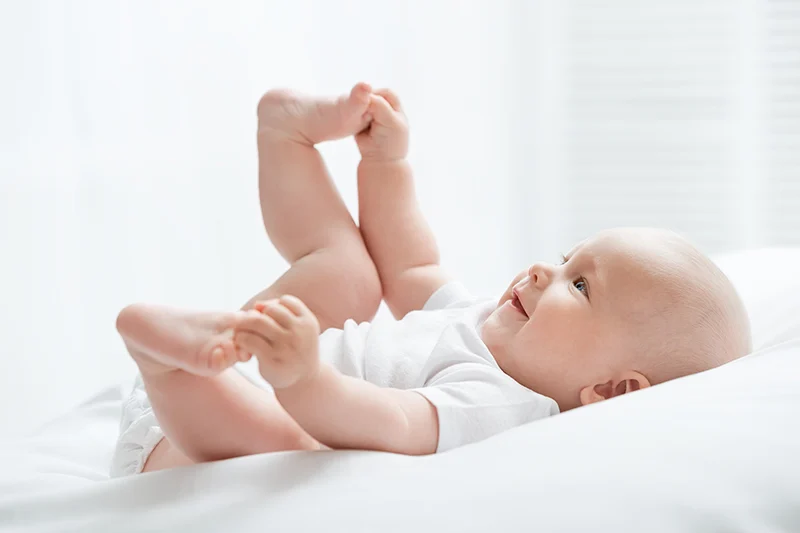Updated: June 2, 2020
Originally Published: May 13, 2016
Recently, during a casual chat with another mom and writer, I found myself revealing some rather embarrassing truths about my home life. What started as a confession quickly morphed into a competition of gross admissions, and I think I may have taken the crown. It dawned on me: I’ve inadvertently become a collector of placentas.
It all began innocently enough. My partner and I attended prenatal classes led by a wonderfully eccentric doula, who was undeniably a free spirit. I suspect you have to embody a bit of that vibe to be a doula, and our instructor was the epitome of this.
No one in our class was exactly conventional; we all planned to welcome our babies with midwives, and a couple of home births were on the agenda. So, when our instructor introduced the concept of placenta encapsulation—where one processes their placenta into pills—we were all ears.
“Placentas are packed with nutrients essential for your baby!”
“Your body craves these nutrients; why toss them away?”
“We’re the only species that doesn’t consume our placenta post-birth!”
It all sounded pretty convincing. For some odd reason, I developed a sentimental attachment to these encapsulated parts of myself. After all, that placenta was an organ I created to nurture my baby girl! I couldn’t simply discard it.
Our instructor offered a placenta encapsulation service, and it was clear she believed in its benefits wholeheartedly. Every expectant mother in the class signed up for the service, which involved brewing the placenta with traditional Chinese herbs and then dehydrating it. This was supposed to help alleviate postpartum stress and the baby blues.
What I didn’t anticipate were the bonus items that came with my order of placenta pills. There was a tincture for the baby’s teething discomfort—great! Placenta water? Sure, why not? Commemorative art featuring bloody imprints of my placenta on paper? Fascinating, I guess. And my dehydrated umbilical cord, twisted into a heart shape, stashed in an organza bag? That was just plain bizarre.
Anyway, I figured it was all for a noble cause, right? I took those pills enthusiastically for a few weeks, especially while struggling to get my baby to latch. Then, mastitis hit, and I was down for the count. After a hiatus, I lost all motivation to resume my placenta pill regimen. They sat on the counter, untouched, for three years.
My partner was not pleased about the $100 I spent on pills made from my own body, especially when I wasn’t even using them. He would give me disapproving looks every few months, shaking his head in frustration. If I had just tossed them, we’d have likely forgotten they existed. But they remained a constant reminder of my “investment,” sitting there with their little placenta eyes glaring at me.
Fast forward nearly three years, and I welcomed my second child—a boy—at home. It may sound more bohemian than it was, but after becoming accustomed to epidurals, having a baby on my pullout couch without pain relief felt like the ultimate in granola living.
Once I delivered my hefty 9-pounder, the midwife asked if I wanted to see the placenta. Apparently, it was as massive as my baby! I marveled at it; my body had created that! When she asked what I wanted to do with it, I was at a loss. I wasn’t about to shell out another $100 for placenta pills, but throwing it away felt wrong. So, when the midwife suggested I store it in a Tupperware and pop it in the freezer until I made a decision, I agreed.
It’s still there, a year and a half later. Every few weeks, when I scour the freezer for something to cook, my gaze inevitably falls on that unlabeled container in the corner. I briefly wonder what’s inside—oh right, my placenta. But I never take action. I can’t just throw it away.
I do worry, though, about the day my mom comes over and decides to whip up a stew with whatever mysterious meat she finds in our freezer. I can picture it: my dad and partner chewing on a piece, while my mom exclaims that the meat should be tender by now. I would be sitting there, torn between disgust at the thought of them consuming my placenta and relief that someone finally did something with it.
This post originally appeared on Home Insemination Kit. For more insights into home insemination, check out this link. If you’re curious about in-home insemination kits, this resource is a great option. For further reading on pregnancy and related topics, visit Wikipedia.
In summary, my journey with placentas has transformed from a curious experiment into an unexpected collection. The sentimental value and the humorous potential of these frozen treasures have left me in a peculiar, yet amusing, situation.
